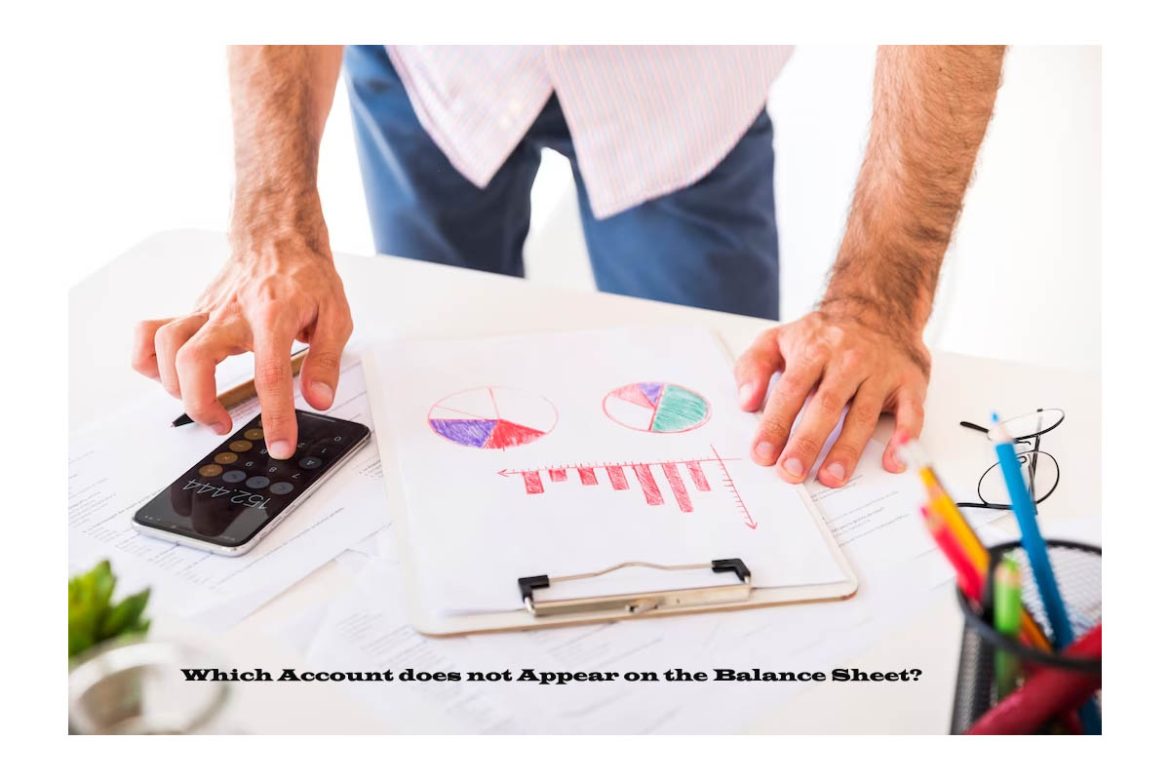Which account does not appear on the balance sheet even though it has all the organization’s financial information? The balance sheet is a financial declaration that records the company’s assets, liabilities, and shareholder equity for a period. It balances the financial status records of an organization. It helps calculate the rate of returns for its investors and evaluate a business capital structure. These are some of the things that are present on a balance sheet in a more concise manner.
Table of Contents
Which Account does not appear on the Balance Sheet?
Dividend accounts are one of the accounts that are not present on the balance sheet. These are also called temporary accounts used to record the payment of dividends to company stakeholders. This Account is not involved on the balance sheet because they are not considered equity assets or liabilities.
Depreciation: These accounts are used to allocate the cost of long-term assets, and these assets are not recorded on the balance sheets since they are expenses that should be recorded on the income sheet.
More Accounts that do not appear on the Balance Sheet
Sales: Sales or revenue that a company generates are not recorded on a balance sheet. This is recorded on the company’s income status.
Operating expenses: Some operating finance expenses like rent, advertising costs, and salaries are recorded in the income statement. The balance sheet focuses on the company’s financial position, and the income statement presents the company’s revenue and expenses for a given period.
Contingent assets: Contingent assets are some unsure assets. It may or may not occur depending on the future events. So, these assets are not recorded on the balance sheet.
Cost of goods sold: The cost of goods traded, which considers the cost of raw materials like labor and other overhead expenses, is defined as the direct cost of producing the goods sold by a company. It does not appear on the balance sheet. Instead, it appears on an income statement.
Loss or gain on sales of assets: When any company cells an investment, for example, a property, and any casualty or growth that happens on that sale is recorded on the income statement. These gains and losses on the sale of assets are not recorded on a balance sheet because they do not represent any liability, equity, or transaction; instead, they result from a particular transaction affecting the company’s profitability.
Prepaid expenses: These expenses have been paid in advance but have yet to be incurred. So, for the beginning, this initial advance payment is recorded on the balance sheet. Still, the expenses are only registered once incurred or recorded on the income statement.
Interest expense: When any company borrows money that comes with interest expenses, it is not recorded on the balance sheet.
Conclusion
In conclusion, a balance sheet is an overview of all the expenses, not a detailed explanation of the incoming and outgoing financial funds. It is also presented promptly and derived using journals and ledger books. A balance sheet is presented more concisely.



